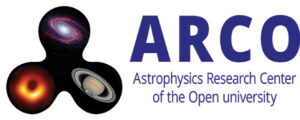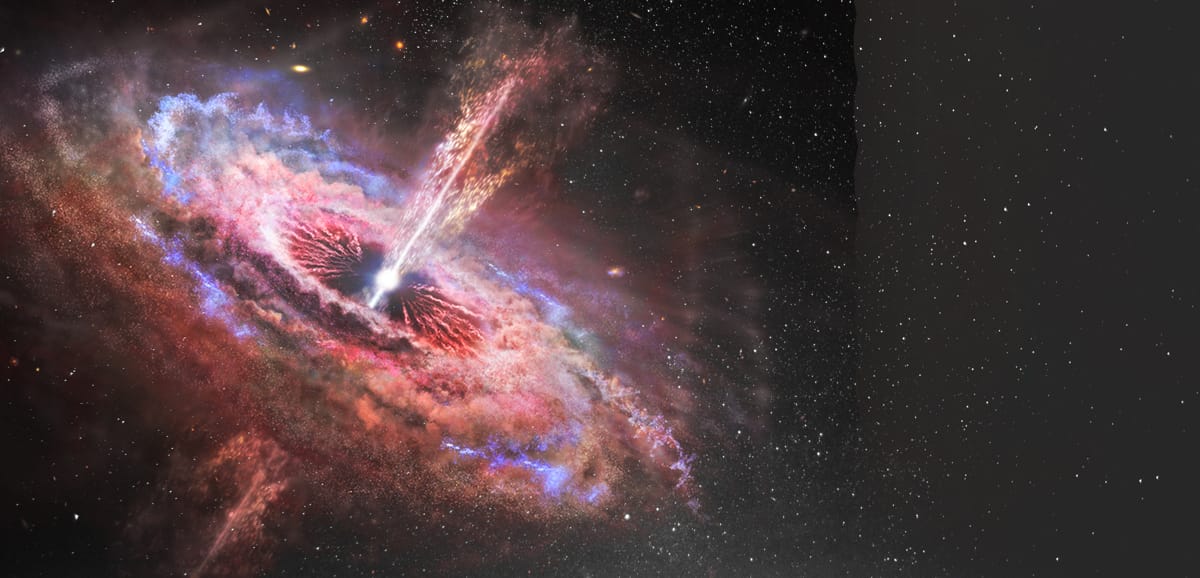The low luminosity of Uranus is a long-standing challenge in planetary science. Simple adiabatic models are inconsistent with the measured luminosity, which indicates that Uranus is non-adiabatic because it has thermal boundary layers and/or conductive regions. A gradual composition distribution acts as a thermal boundary to suppress convection and slow down the internal cooling. Here we investigate whether composition gradients in the deep interior of Uranus can explain its low luminosity, the required composition gradient, and whether it is stable for convective mixing on a timescale of some billion years. We varied the primordial composition distribution and the initial energy budget of the planet, and chose the models that fit the currently measured properties (radius, luminosity, and moment of inertia) of Uranus. We present several alternative non-adiabatic internal structures that fit the Uranus measurements.
Our main findings:
- A composition gradient in the interior of Uranus is stable and naturally explains Uranus low luminosity, without the need of artificial thermal boundaries. There are different types of composition gradients that are stable during the evolution and are sufficient to slow down the cooling and fit the observed radius, moment of inertia, and luminosity.
- The stable composition gradient suppresses convection and slows the interior cooling. As a result, the interior of Uranus might still be very hot, in spite of its low luminosity.
- The initial energy content of Uranus cannot be greater than 20% of its formation (solid accretion) energy. Primordial models with higher energy fail to fit the observations.
- Two- and three-layer models of Uranus are able to fit Uranus properties only if the interior is very cold and (partially) conductive. Therefore Uranus is probably non-adiabatic, and cannot be modelled by a simple large-scale convection model. The effect of the non-adiabatic cooling of Uranus (by composition gradient) on its current radius is 5–10%.
- The total heavy-element mass fraction in Uranus is affected by the non-adiabatic evolution. The hot gradual models are more metal rich (up to 95%) than the cold models (∼85%).
- Our models are consistent with its metal-rich atmosphere and with the predictions for the location where its magnetic field is generated.
Explaining the low luminosity of Uranus: a self-consistent thermal and structural evolution / Vazan, Allona; Helled Ravit

Thermal and structural evolution of Uranus (color) as a function of the radius layer (y-axis) and age (x-axis). Upper panel: heavy-element mass fraction. Bottom panel: temperature profile. The four cases are of valid Uranus models of different types: distinct layers (left), steep gradient (second), shallow gradient (third), and metal-rich shallow gradient (right).





